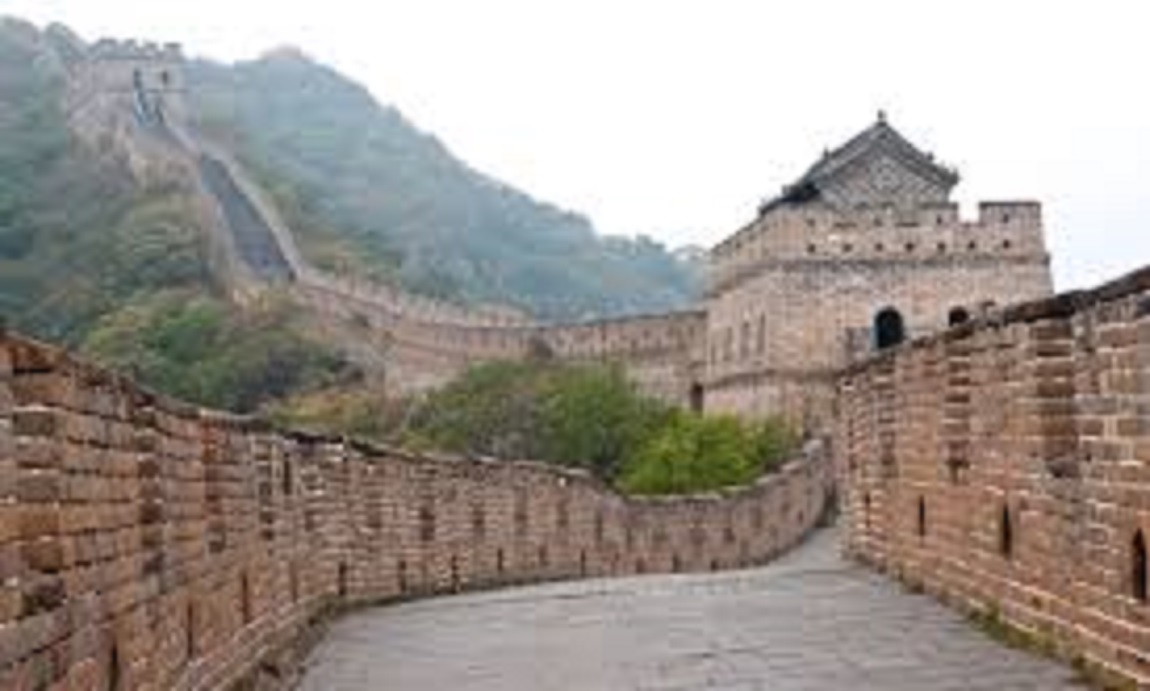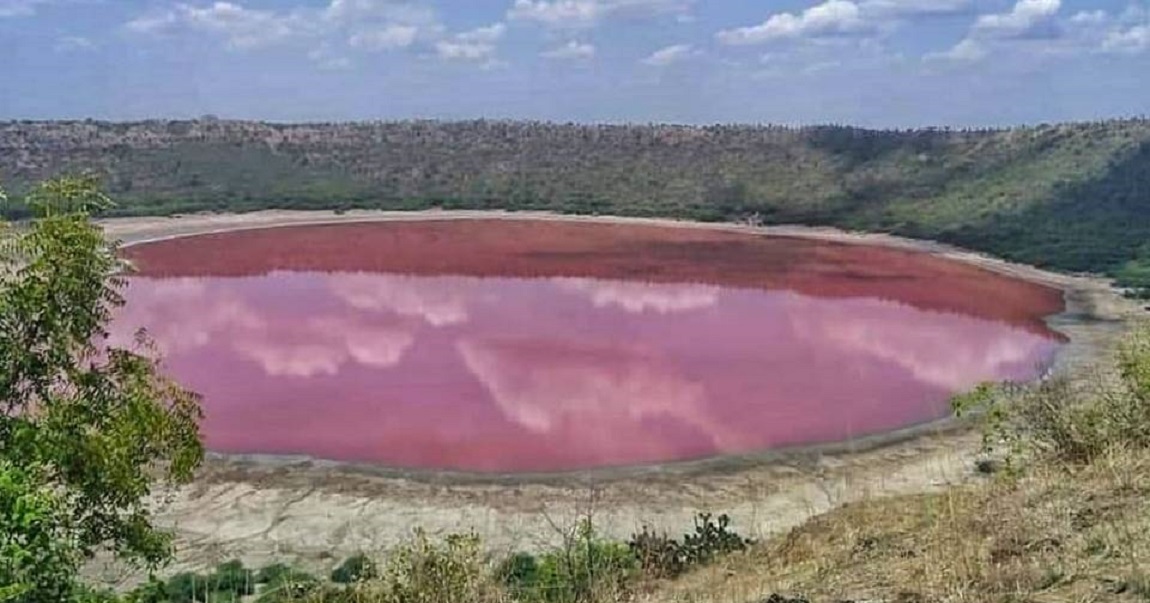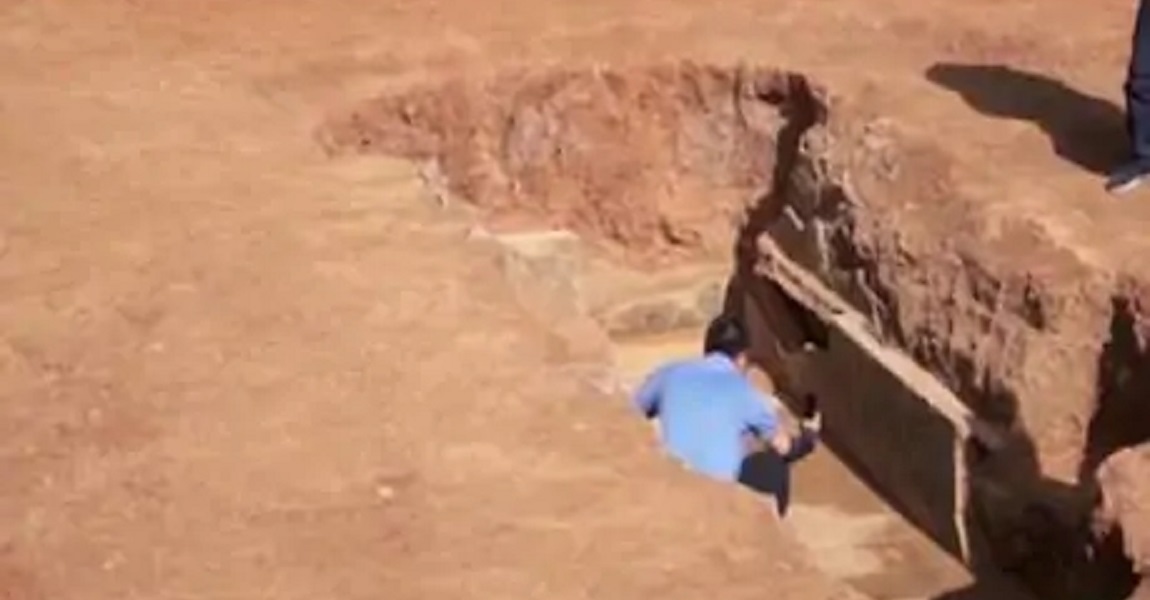Almost 2,000 years ago, a cataclysmic natural disaster wiped the Roman city of Pompeii off the map. The once-bustling agricultural town was situated at the foot of Mount Vesuvius when it erupted in November of 79 A.D. The eruption entombed the city in about 20 feet of volcanic ash. Many residents who did not flee in time were killed instantly by the intense heat. The most chilling part of all is that the ash preserved their bodies perfectly. Each one is frozen in time.
The location of Pompeii was forgotten until it was rediscovered by archaeologists in 1738. These days, Pompeii is one of the most popular tourist sites in Italy, and researchers continue to uncover and catalog the preserved remains of its former residents. They made a startling, heartbreaking discovery.
THEY UNCOVERED THE PRESERVED REMAINS OF A YOUNG CHILD WHO WAS SITTING ON HIS MOTHER’S LAP WHEN TRAGEDY STRUCK. THEY BELIEVE HE WAS ABOUT FOUR YEARS OLD.
Stefano Vanacore, director of the laboratory of Pompeii Archaeological Site, carries a petrified victim of the eruption of Vesuvius volcano in 79 BC, during the restoration work and the study of 86 casts, on May 20, 2015 in Pompeii Archaeological site. AFP PHOTO / MARIO LAPORTA (Photo credit should read MARIO LAPORTA/AFP/Getty Images)
Researchers believe he ran to his mother as Vesuvius was erupting.
EVEN MORE TRAGICALLY, THE BOY AND HIS MOTHER WERE FOUND ALONGSIDE THE REMAINS OF HIS FATHER AND SIBLING.
AFP PHOTO / MARIO LAPORTA (Photo credit should read MARIO LAPORTA/AFP/Getty Images)
“EVEN THOUGH IT HAPPENED 2,000 YEARS AGO, IT COULD BE A BOY, A MOTHER, OR A FAMILY. IT’S HUMAN ARCHAEOLOGY, NOT JUST ARCHAEOLOGY,” SAID STEFANIA GIUDICE, CONSERVATOR AT THE NAPLES NATIONAL ARCHAEOLOGICAL MUSEUM.
AFP PHOTO / MARIO LAPORTA (Photo credit should read MARIO LAPORTA/AFP/Getty Images)
THE TRAGIC SCENE WAS UNCOVERED DURING A RESTORATION PROJECT OF 86 PRESERVED BODIES AT THE SITE.
AFP PHOTO / MARIO LAPORTA (Photo credit should read MARIO LAPORTA/AFP/Getty Images)
AS RESEARCHERS WORK ON RESTORING THESE BODIES, THEY ARE WELL AWARE OF THE EMOTIONAL TOLL THAT THE WORK CAN TAKE.
AFP PHOTO / MARIO LAPORTA (Photo credit should read MARIO LAPORTA/AFP/Getty Images)
“IT CAN BE VERY MOVING HANDLING THESE REMAINS WHEN WE APPLY THE PLASTER,” GIUDICE TOLD JOURNALISTS.
AFP PHOTO / MARIO LAPORTA (Photo credit should read MARIO LAPORTA/AFP/Getty Images)
THESE TWO HELD ON TIGHTLY IN THEIR FINAL EMBRACE.
AFP PHOTO / MARIO LAPORTA (Photo credit should read MARIO LAPORTA/AFP/Getty Images)
From our distant historical perspective, it’s easy to separate our modern world from what happened in Pompeii. It’s hard to imagine something so out of control happening today. Still though, it’s hard not have pity for these poor souls who probably had no idea what was happening until it was too late.
You can go through further details of the cataclysmic natural disaster below:
Mount Vesuvius, a volcano near the Bay of Naples in Italy, is hundreds of thousands of years old and has erupted more than 50 times. Its most famous eruption took place in the year 79 A.D., when the volcano buried the ancient Roman city of Pompeii under a thick carpet of volcanic ash. The dust “poured across the land” like a flood, one witness wrote, and shrouded the city in “a darkness…like the black of closed and unlighted rooms.” Two thousand people died, and the city was abandoned for almost many years. When a group of explorers rediscovered the site in 1748, they were surprised to find that–underneath a thick layer of dust and debris–Pompeii was mostly intact. The buildings, artifacts and skeletons left behind in the buried city have taught us a great deal about everyday life in the ancient world.
Ever since the ancient Greeks settled in the area in the 8th century B.C., the region around Mount Vesuvius and the Bay of Naples attracted wealthy vacationers who wanted to soak up the sun and the scenery. By the turn of the first century A.D., the town of Pompeii, located about five miles from the mountain, was a flourishing resort for Rome’s most distinguished citizens. Elegant houses and elaborate villas lined the paved streets. Tourists, townspeople and slaves bustled in and out of small factories and artisans’ shops, taverns and cafes, and brothels and bathhouses. People gathered in the 20,000-seat arena and lounged in the open-air squares and marketplaces. On the eve of that fateful eruption in 79 A.D., scholars estimate that there were about 20,000 people living in Pompeii and the surrounding region.
The Vesuvius volcano did not form overnight, of course. In fact, scholars say that the mountain is hundreds of thousands of years old and had been erupting for generations. In about 1780 B.C., for example, an unusually violent eruption (known today as the “Avellino eruption”) shot millions of tons of superheated lava, ash and rocks about 22 miles into the sky. That prehistoric catastrophe destroyed almost every village, house and farm within 15 miles of the mountain.
But it was easy to overlook the mountain’s bad temper in such a pleasant, sunny spot. Even after a massive earthquake struck the Campania region in 63 A.D.–a quake that, scientists now understand, offered a warning rumble of the disaster to come–people still flocked to the shores of the Bay of Naples. Pompeii grew more crowded every year.
Sixteen years after that telltale earthquake, in August 79 A.D., Mount Vesuvius erupted again. The blast sent a plume of ashes, pumice and other rocks, and scorching-hot volcanic gases so high into the sky that people could see it for hundreds of miles around.
As it cooled, this tower of debris drifted to earth: first the fine-grained ash, then the lightweight chunks of pumice and other rocks. It was terrifying–“I believed I was perishing with the world,” Pliny wrote, “and the world with me”–but not yet lethal: Most Pompeiians had plenty of time to flee.
For those who stayed behind, however, conditions soon grew worse. As more and more ash fell, it clogged the air, making it difficult to breathe. Buildings collapsed. Then, a “pyroclastic surge”–a 100-miles-per-hour surge of superheated poison gas and pulverized rock–poured down the side of the mountain and swallowed everything and everyone in its path.
By the time the Vesuvius eruption sputtered to an end the next day, Pompeii was buried under millions of tons of volcanic ash. About 2,000 people were dead. Some people drifted back to town in search of lost relatives or belongings, but there was not much left to find. Pompeii, along with the smaller neighboring towns of Stabiae and Herculaneum, was abandoned for centuries.
Pompeii remained mostly untouched until 1748, when a group of explorers looking for ancient artifacts arrived in Campania and began to dig. They found that the ashes had acted as a marvelous preservative: Underneath all that dust, Pompeii was almost exactly as it had been 2,000 years before. Its buildings were intact. Skeletons were frozen right where they’d fallen. Everyday objects and household goods littered the streets. Later archaeologists even uncovered jars of preserved fruit and loaves of bread!
Many scholars say that the excavation of Pompeii played a major role in the neo-Classical revival of the 18th century. Europe’s wealthiest and most fashionable families displayed art and reproductions of objects from the ruins, and drawings of Pompeii’s buildings helped shape the architectural trends of the era. For example, wealthy British families often built “Etruscan rooms” that mimicked those in Pompeiian villas.
Today, the excavation of Pompeii has been going on for almost three centuries, and scholars and tourists remain just as fascinated by the city’s eerie ruins as they were in the 18th century.


